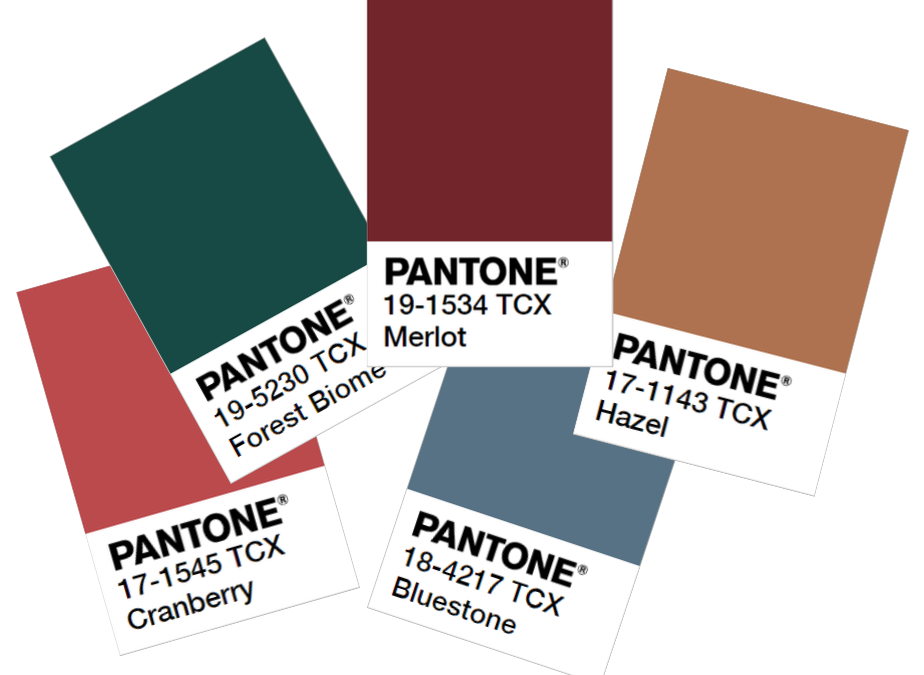We make original stickers
SCREEN-PRINTING
Screen printing is a stencil method of print making in which a design is imposed on a screen of polyester or other fine mesh, with blank areas coated with an impermeable substance. Ink is forced into the mesh openings by the fill blade or squeegee and onto the printing surface during the squeegee stroke. It is also known as silkscreen, serigraphy, and serigraph printing. A number of screens can be used to produce a multicoloured image. (Source: Wikipedia)
Of all available technologies, screen-printing is the most suitable one for exterior stickers since it has the thickest colour layer and therefore the best possible resistance against weather conditions and abrasion.
The choice of a desired motive is, however, a little limited. This technology is not suitable for the graphics with high resolution, it is chiefly used for vector graphics where consistent surfaces need to be achieved. PMS Pantone colour scale is normally used for unambiguous colour specification.

The desired graphics is printed colour by colour, the colours do not overlap or mix by grid change. For a motif with many colours there may seem more suitable to choose other technology, with regard to the fact that no other technology can achieve such durability and colour stability as screen-printing (faded colours do not make a good advertisement any more).
Advantages and disadvantages
- Wide choice of materials
- Optional print run
- The most durable printing technology
- Optional color layer
- Not suitable for grids
- More colors mean higher costs